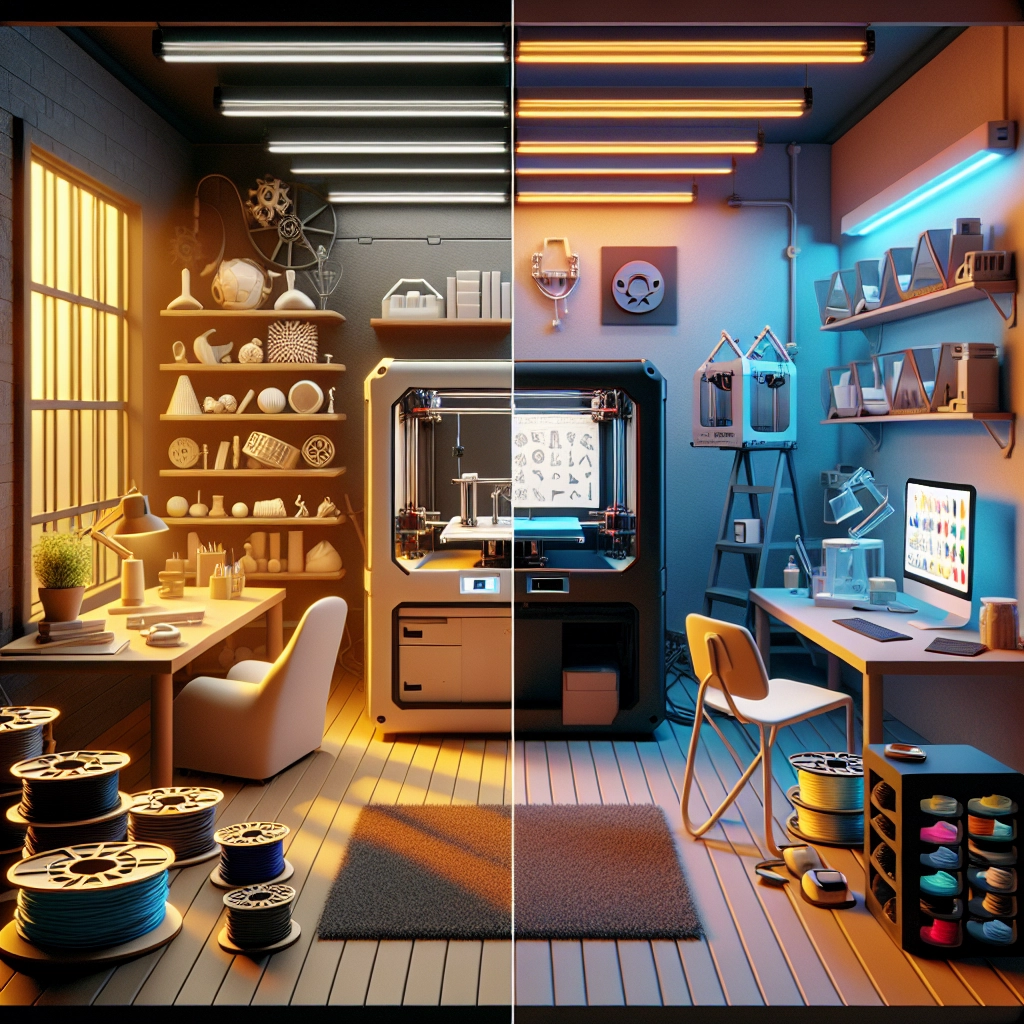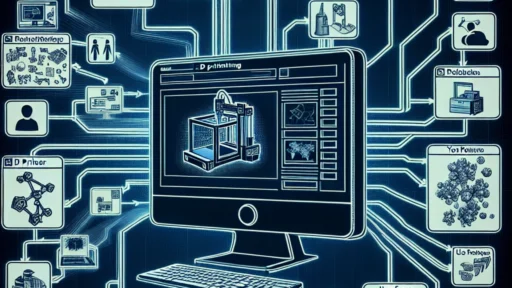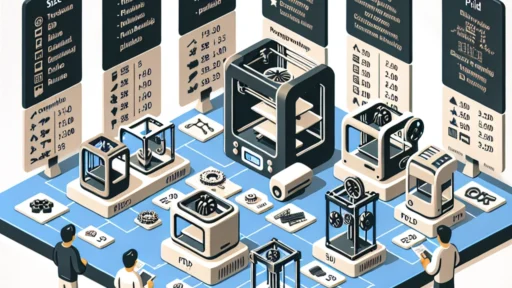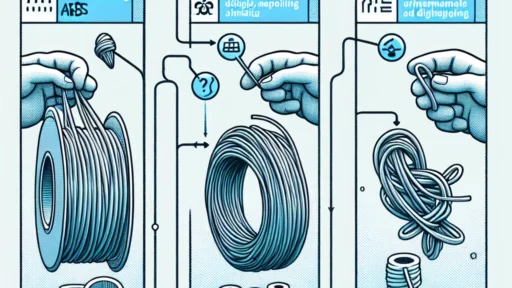Private vs. Public 3D Printing: Which Environment Suits You?
3D printing has exploded in popularity over the last decade, transforming everything from manufacturing to personal hobbies. As this technology becomes more accessible, it opens up questions about the best environment for 3D printing. Should you invest in a private setup, or is public access through makerspaces, libraries, or community centers a better fit? Let’s dive into the pros and cons of both private and public 3D printing to help you determine which environment suits your needs.
The Allure of Private 3D Printing
Imagine the freedom of having your own 3D printer at home. When you opt for a private setup, you enjoy several key advantages:
1. Convenience and Flexibility
When you have your own 3D printer, you’re not bound by anyone else’s schedule. You can experiment and print whenever you want, whether it’s early in the morning or late at night. This flexibility is perfect for those who want to work on projects at their own pace.
2. Endless Experimentation
Owning a printer means you can explore as many ideas as your heart desires. Feel like trying a new filament or tinkering with the design of an object? Go for it! Your private printer is always ready when inspiration strikes.
3. Customization
Owning your 3D printer allows you to customize not only your prints but also your machine. Want to upgrade parts or switch to a different software? You’re in full control.
4. Privacy
If you’re someone who values discretion, printing at home means your designs and projects remain confidential. This can be particularly important for businesses or individuals working on proprietary designs.
However, it’s not all sunshine and rainbows in the private printing realm. The initial cost of purchasing a high-quality 3D printer can be significant, not to mention the ongoing expenses for materials, maintenance, and repairs. You’ll also need some technical knowledge to troubleshoot issues—unless you’re okay with some trial-and-error learning.
The Community Spirit of Public 3D Printing
On the flip side, public 3D printing offers a different vibe altogether. This option typically includes makerspaces, libraries, or community workshops where you can access professional-grade printers, tools, and resources.
1. Lower Financial Commitment
Public 3D printing typically operates on a pay-per-use model or even free access in some community spaces. This means you can experiment without needing to make a significant upfront investment, which is great for newcomers or casual users.
2. Access to Expertise
Many public facilities offer guidance from knowledgeable staff or experienced makers. If you’re starting, having someone available to answer questions or provide tips can be invaluable. Plus, you might find yourself learning new techniques from fellow users, fostering a sense of community.
3. Networking Opportunities
Being part of a makerspace allows you to meet like-minded individuals. You might collaborate on a project or simply share ideas and inspiration. Engaging with others can enhance your creativity and open doors to new opportunities.
4. Experiment with Different Technologies
From resin printers to larger industrial machines, public facilities often offer a variety of equipment. This exposure can help you figure out what type of 3D printing you enjoy the most without committing to a specific method.
Yet, as appealing as public printing is, it does come with limitations. The hours of operation may not align with your schedule, and you may need to book time in advance, potentially limiting your spontaneity. Plus, depending on the demand, you might find yourself waiting to use the printer.
Choosing Your Path
So, which environment suits you best? It really boils down to your personal preferences, needs, and circumstances. If you’re an avid DIYer, enjoy the luxury of working on projects at your own pace, and have the budget for it, investing in a private 3D printer might be your ticket to happiness. On the other hand, if you’re a beginner, someone who enjoys the idea of exploring different techniques, or just wanting to dabble in 3D printing without a hefty financial commitment, public access is likely the way to go.
Whichever road you choose, the world of 3D printing is full of possibilities waiting to be explored. Embrace the journey, whether you’re working in isolation at home or collaborating with a community of makers. Happy printing!






